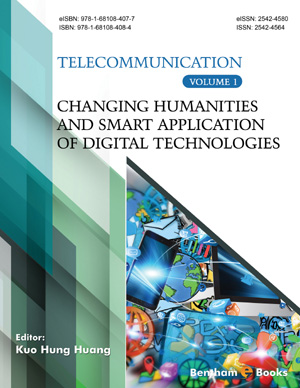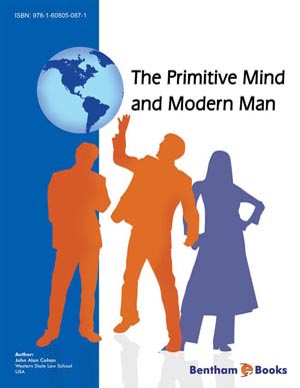Abstract
Japanese Chess (Shogi) is the most complex board game among chess-like games in the world. Because it is a big challenge, computer scientists, especially AI researchers, have been developing strong programs to play Shogi. However, nonplaying applications for shogi have not been studied well.
Human players need various supporting tools for Shogi, including educational applications, research aids, and databases. Especially, post-game discussions (Kansousen, in the Shogi jargon) are very popular among Shogi players, but we do not have well-designed tools for shared discussions on the Internet. In order to satisfy such users’ requirements, we have designed a total architecture for Shogi on the net, called SAKURA (Shogi Archives and Kansousen Utilities for Research and Advice). SAKURA has servers for shared database and for discussion management. SAKURA’s client software has features to support discussions on game records with shared boards and graphical interfaces to deal with game records with variations of moves. Software interfaces to incorporate AI programs into SAKURA are also defined. Key design issues are database architecture and discussion support features.
SAKURA’s environment and tools have been developed as a prototype and evaluated by university Shogi players. In this chapter, we will discuss how Japanese chess can be supported totally by SAKURA. The basic design of SAKURA can be applied to other networked board games.
Keywords: API, Artificial intelligence, Chess, CSCW, Discussion support systems, Human computer interaction, Learning support systems, Performance evaluation, Shogi, Software platform.










